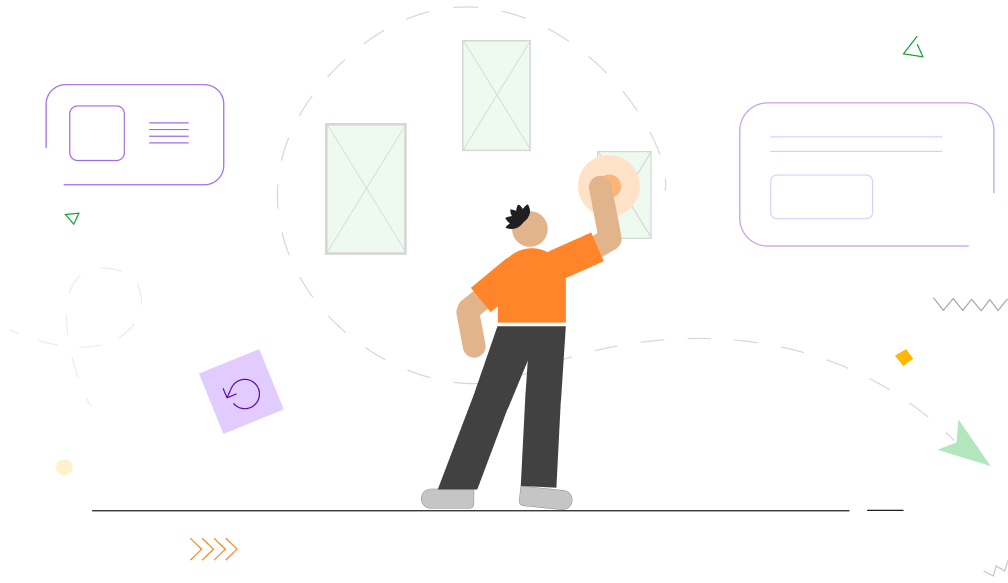In today’s digital age, information overload is a common challenge. To navigate through this sea of data and deliver seamless user experiences, the role of information architecture (IA) becomes crucial.
In this blog, we will explore the fundamental concepts of IA, its key components, and how it impacts the overall design process.
First and foremost, let’s understand the purpose of information architecture. IA involves organizing, structuring, and labeling information to facilitate easy access and understanding.
By employing clear navigation menus, intuitive categorization, and logical information hierarchy, designers ensure that users can effortlessly find what they need, reducing cognitive load.
Moving on, let’s delve into the essential components of IA. One crucial aspect is content organization, which involves classifying information into logical categories and subcategories.
This process ensures that content is grouped meaningfully, enhancing discoverability and enabling users to find relevant information efficiently.
Additionally, metadata plays a vital role in enhancing searchability and providing context to the content.
Next, let’s explore the significance of user research in IA. Conducting user research helps designers gain insights into user needs, goals, and behaviors.
By understanding user mental models and information-seeking patterns, designers can create IA structures that align with users’ expectations, resulting in more intuitive and user-friendly interfaces.

Furthermore, IA and user experience (UX) go hand in hand. IA provides the foundation for effective UX design by establishing the structure and organization of content.
Seamless navigation, clear labeling, and consistent information architecture contribute to a positive user experience, enabling users to accomplish tasks smoothly and efficiently.
Conclusion
In conclusion, information architecture serves as the backbone of user-centric design. By applying principles of organization, categorization, and user research, designers can create intuitive and engaging digital experiences.
We’ll keep an eye out for more design updates for you! So we are better equipped with the right resources for you. Want to learn how to become a UI UX Designer take a look at the UX Professional Track.